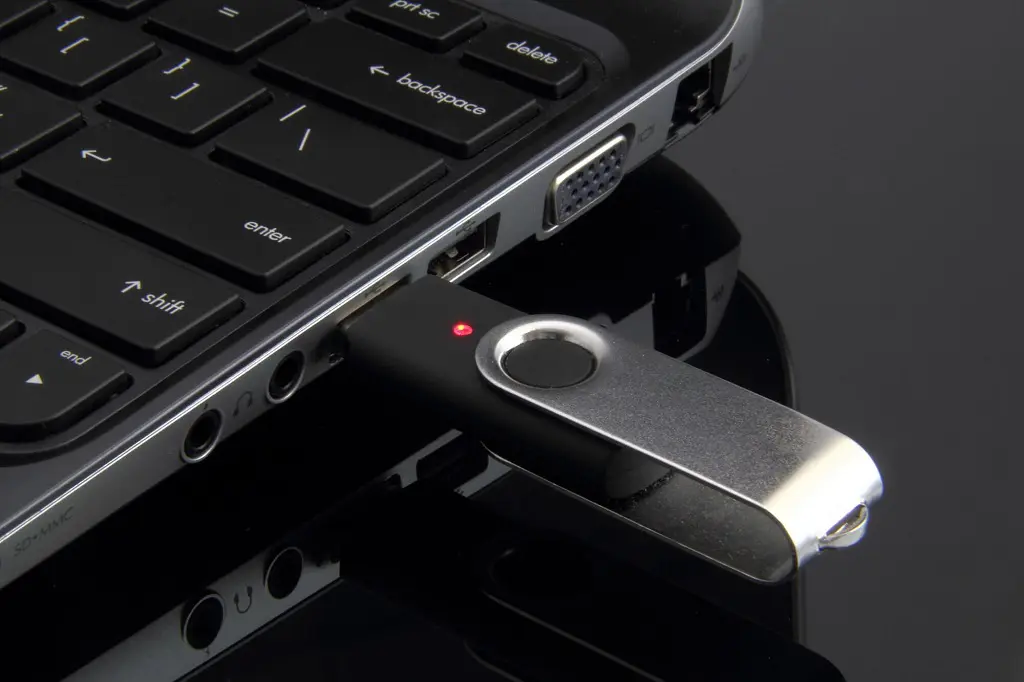This is one of those questions that technicians are asked a lot. There answer is this: You might choose not to eject your USB drive safely and bear no consequences but one day if you do not eject correctly, you may cause an issue or loss of data. Mac and Linux will always provide you with a way to eject a drive, but sometimes Windows doesn’t have an obvious “eject” button for certain drives. On Windows, click the “Safely Remove Hardware” icon in the system tray, choose your drive from the list, and then remove it once it notifies you of its safe removal. In Windows, you can sometimes remove a flash drive without ejecting it. In this article, we will provide more information on how computers deal with USB drives.
Why safely eject USB drives
You should never remove a USB drive while transferring data for the obvious reasons that your data will cease the action and your data can become corrupt. However, even if the drive isn’t actively being used in any way, you could still corrupt the data. By default, most operating systems use what’s called write caching to get better performance out of your computer. When you write a file to another drive like a flash drive, the OS waits to actually perform those actions until it has a number of requests to fulfil, and then it fulfils them all at once (this is more common when writing small files). When you hit that eject button, it tells your OS to flush the cache.
Why Windows is so chilled about it
Microsoft has confirmed that you really do not need to worry about safely ejecting USB media in Windows 10. Mac and Linux use write caching on pretty much every drive and will let you eject any drive through your file manager. Windows 10, however, has a feature called “Quick removal” that lets you pull out your drive at any time as long as you are not writing files of course. It actually disables the write cache feature for drives it sees as “removable” because it knows people are likely to yank them out without ejecting. As such, disabling this feature on removable drives decreases the chance of data corruption. It keeps the cache enabled on non-removable drives, though and sometimes it recognises external USB drives as non-removable, which is why your USB drive doesn’t have an eject button.
Why its just best safely eject anyway
In short, if you want to live dangerously and just yank that USB drive out feel free but just don’t do it while it is actively copying, and don’t do it within milliseconds after it has finished. Be aware that a Mac will be using a write cache, while a Windows machine probably is not. For Windows machines, it may be best if you have the option then use it. Sometimes there may be something going on in the background you don’t know about, or sometimes a program is just being silly and has still locked a file on the drive even if it isn’t using it. If you were to yank it out during one of these situations, you could still cause data loss. If you are talking about years of work or memories on an external drive you will save the heartache and frustrations in case something does actually go wrong. Ejecting the drive is a great habit to get into since without it, you wouldn’t always know if it was safe to remove or not.

